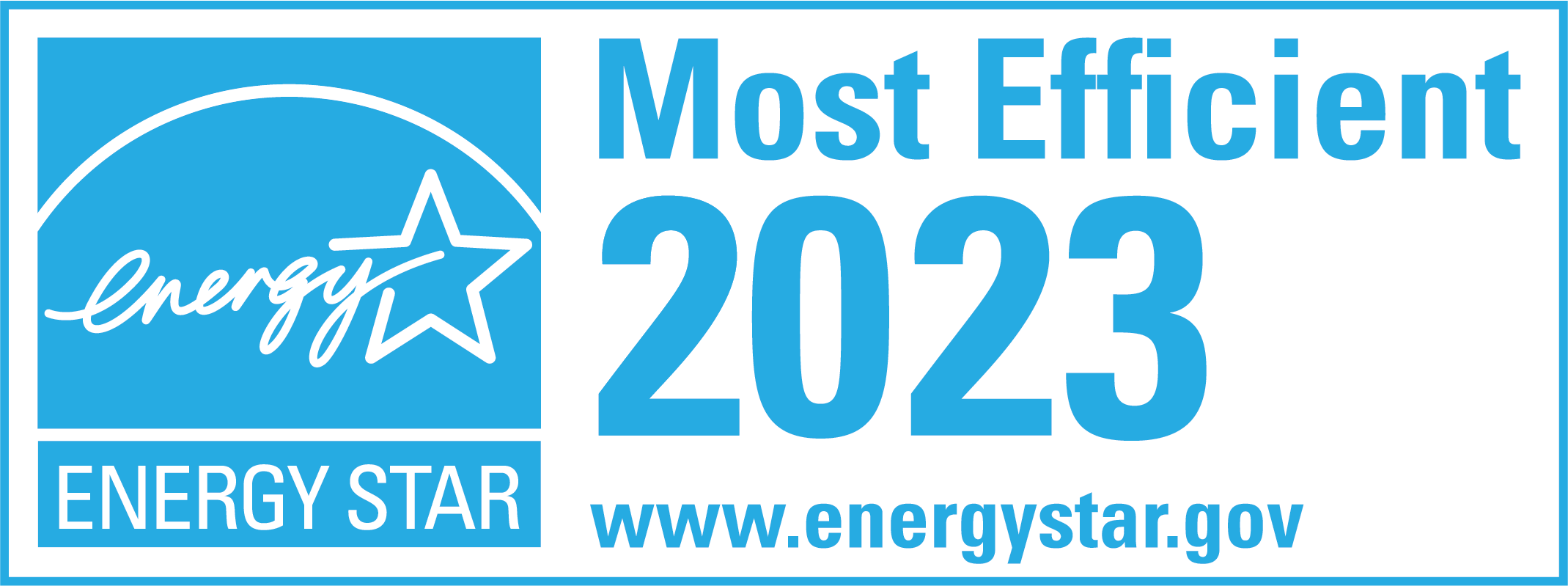Best Practices for Installing Vinyl Siding
Vinyl siding is a popular choice for those who want a durable and cost-effective option for their home’s exterior. Installing vinyl siding may seem daunting, but with the right tools and knowledge, it can be a rewarding DIY project. This article will guide you through the best practices for installing vinyl siding.
Understanding Vinyl Siding
Before diving into the installation process, it’s essential to understand what vinyl siding is and its benefits. Vinyl siding is made of PVC plastic and is a popular alternative to traditional materials like wood or aluminum. It comes in a variety of colors, styles, and textures to mimic the look of natural materials.
One of the most significant benefits of vinyl siding is its durability. It can withstand extreme weather conditions, including high winds, hail, and heavy rain. Additionally, vinyl siding is resistant to rot, moisture, and insects, making it a long-lasting option for homeowners.
Benefits of Vinyl Siding
Vinyl siding is not only durable but also a low-maintenance option. It does not require painting, making it an attractive option for those looking to save time and money. Vinyl siding is also easy to clean and only needs occasional washing with soap and water to maintain its appearance.
Another benefit of vinyl siding is its energy efficiency. It can help reduce energy costs by providing insulation to the home, keeping it warm in the winter and cool in the summer. This insulation also helps reduce noise pollution, making it a quieter option for homeowners.
Types of Vinyl Siding
Multiple types of vinyl siding are available, including traditional horizontal lap siding, vertical siding, and shingle-style siding. Each type has its style, profile, and texture, offering homeowners more flexibility in achieving their desired look.
Horizontal lap siding is the most common type of vinyl siding and is available in a range of styles, including Dutch lap, beaded, and smooth. Vertical siding is ideal for homes with a modern or contemporary design and is available in board and batten or groove styles. Shingle-style vinyl siding mimics the look of traditional cedar shingles and is available in various colors and textures.
Vinyl Siding vs. Other Siding Materials
Compared to other siding options, vinyl siding offers a lower cost, easier installation, and lower maintenance. Vinyl siding is also an eco-friendlier option as it does not require painting or treatments, which can harm the environment. Unlike wood siding, vinyl siding does not require regular staining or sealing, making it a more affordable and low-maintenance option.
Overall, vinyl siding is a durable, low-maintenance, and affordable option for homeowners looking to improve their homes’ appearance and energy efficiency. With a range of styles and colors to choose from, vinyl siding can provide a beautiful and long-lasting solution for any home.
Preparing for Installation
Now that you have decided to install vinyl siding, you’re on your way to transforming the look of your home. But before you start, it’s important to ensure you’re fully prepared for the process. Let’s look at what you’ll need and how to estimate the amount of siding needed.
Tools and Materials Needed
Installing vinyl siding requires a variety of tools to ensure a successful installation. You’ll need a measuring tape, level, hammer, pry bar, circular saw, and a chalk snap line. Additionally, you’ll need to gather all the necessary materials, such as vinyl siding, starter strips, corner posts, J-channel, fascia, and soffit materials.
It’s important to ensure you have all the tools and materials you need before starting the installation process. This will ensure that you don’t have to stop in the middle of the project to go out and buy something you forgot.
Measuring and Estimating Siding
The first step in estimating how much vinyl siding you will need is to measure the height and width of each wall where you plan to install it. Make sure to measure all walls, including gables, and don’t forget to subtract the area of doors and windows from the total wall area, as these areas will not require siding.
Once you have measured all the walls, multiply the height by the width to get the area of each wall in square feet. Add up all the wall areas to get the total square footage, then add 10% to account for waste. This will give you the total amount of vinyl siding you need to purchase.
Preparing the Surface
Before installing vinyl siding, it’s crucial to prepare the surface by removing existing siding and repairing any damage. This will ensure the vinyl siding adheres properly and looks great once installed.
Start by removing any existing siding or trim from the walls where you plan to install the vinyl siding. This may involve using a pry bar and hammer to remove the old siding without damaging the underlying structure. Once the old siding is removed, inspect the walls for damage or rot. If you find any damage, repair it before installing the vinyl siding.
Next, make sure the surface is clean and dry before getting started. This will ensure the vinyl siding adheres properly and looks great once installed. Use a power washer or a hose with a high-pressure nozzle to clean the surface, and then allow it to dry completely before installing the vinyl siding.
By following these steps, you’ll be well on your way to a successful vinyl siding installation that will transform the look of your home and provide long-lasting protection for years to come.
Installing Vinyl Siding
The installation process can vary between different types of vinyl siding. However, some general steps are common to most types, including Starter Strips and Corner Posts, Installing J-Channel Around Windows and Doors, Installing Siding Panels, Cutting and Fitting Siding, and Installing Soffits and Fascia.
Starter Strips and Corner Posts
The installation process starts with installing the starter strips and corner posts. The starter strip is a piece of metal installed at the bottom of the wall where the siding will begin. Corner posts are used to provide a finished look where the siding meets at the corners of the wall.
Installing J-Channel Around Windows and Doors
J-channel is a piece of metal used to hold the siding around windows and doors. Installing it correctly is essential for a successful installation.
Installing Siding Panels
The siding panels are installed by snapping the bottom onto the previous row’s starter strip and then lapping the next panel over the first, securing them with nails or screws.
Cutting and Fitting Siding
As you reach the edges and corners of the wall, you’ll need to cut and fit the siding panels to create a seamless look. To do this, measure and mark the panels and cut them using a circular saw or special vinyl cutting tool.
Installing Soffits and Fascia
Soffits and fascia are installed along with the top and bottom edges of the walls. They provide a finished look and protect the wall from moisture and insects.
Finishing Touches and Maintenance
Once the installation is complete, performing some finishing touches and maintenance is essential. The following are some essential steps to take:
Sealing and Caulking
Sealing and caulking ensure the siding is appropriately sealed to protect against moisture, air infiltration, and insects.
Cleaning and Maintaining Vinyl Siding
Regular cleaning and maintenance can help protect your vinyl siding and prolong its lifespan. Use a soft bristle brush and mild soap to clean your siding and rinse with a garden hose. Avoid using high-pressure washers, as they can damage the siding.
Troubleshooting Common Issues
Common issues with vinyl siding include buckling, cracking, and fading. These issues can be avoided by selecting high-quality siding, using a professional installer, and following proper maintenance procedures.
Conclusion
Installing vinyl siding is a cost-effective and low-maintenance option for homeowners upgrading their home’s exterior. By following these best practices, you can install vinyl siding successfully and enjoy all its benefits for years. Remember to always prioritize safety and seek help from professionals whenever necessary.
Call us at 214-399-9592 or request a free siding estimate to discuss pricing and availability.






